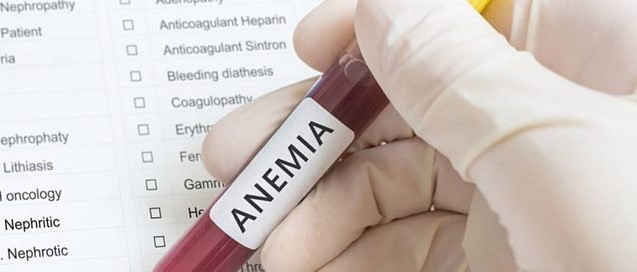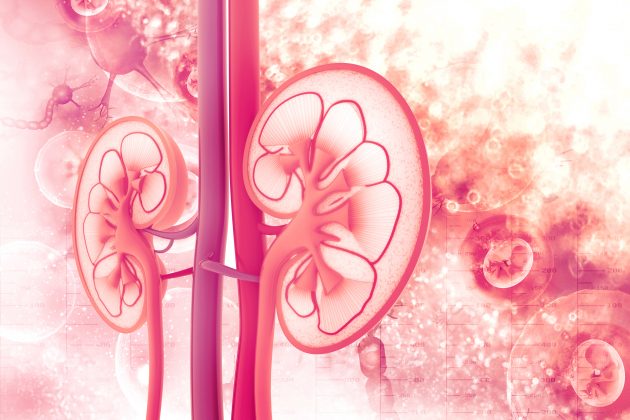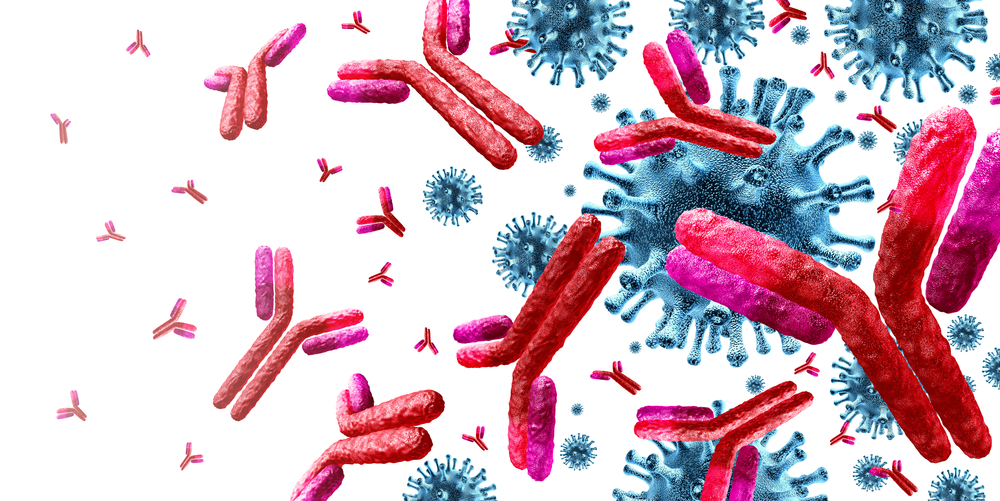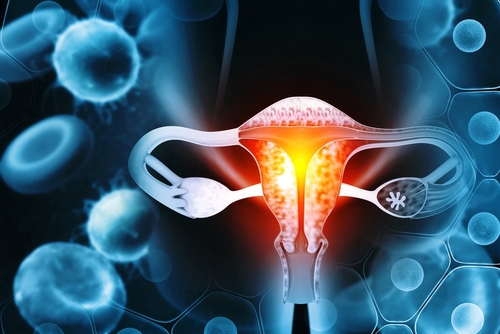The most abundant transition metal in the human body is iron, an essential element for growth and survival. The discovery of hepcidin that regulates the uptake of dietary iron and its mobilization from macrophages and hepatic stores has increased understanding of the molecular control of iron metabolism.
Patients with chronic kidney disease (CKD) commonly develop anemia or iron deficiency. The pathogenesis of anemia in CKD is multifactorial. Correction of anemia calls for two main treatment strategies: increased stimulation of erythropoiesis and maintenance of an adequate supply of iron to the bone marrow.
However, according to Tomasz Glogowski and colleagues at the Medical University of Warsaw, Warsaw, Poland, there are uncertainties regarding iron metabolism in patients with CKD who are receiving renal replacement therapy (RRT). The researchers published a review summarizing the current knowledge of iron metabolism in CKD patients receiving RRT, including new biomarkers of iron status. The review was reported online in International Urology and Nephrology [doi:10.1007/s11255-020-02663-z].
The review notes that there is an area of uncertainty regarding the diagnostic utility of both erythroferrone (ERFE) and hepcidin in patients with end-stage kidney disease (ESKD). Higher concentrations of hepcidin in oligoanuric patients may reflect decreased renal clearance. In addition, the hepcidin-lowering effect of ERFE in patients with ESKD treated with erythropoiesis-stimulating agents (ESAs) may be blunted by underlying inflammation and concomitant iron treatment
“Thus, future studies should validate the use of ERFE as a biomarker of erythropoiesis and predictor of response to iron and ESA therapy in dialysis-dependent patients,” the researchers said.
Credit: Original article published here.










